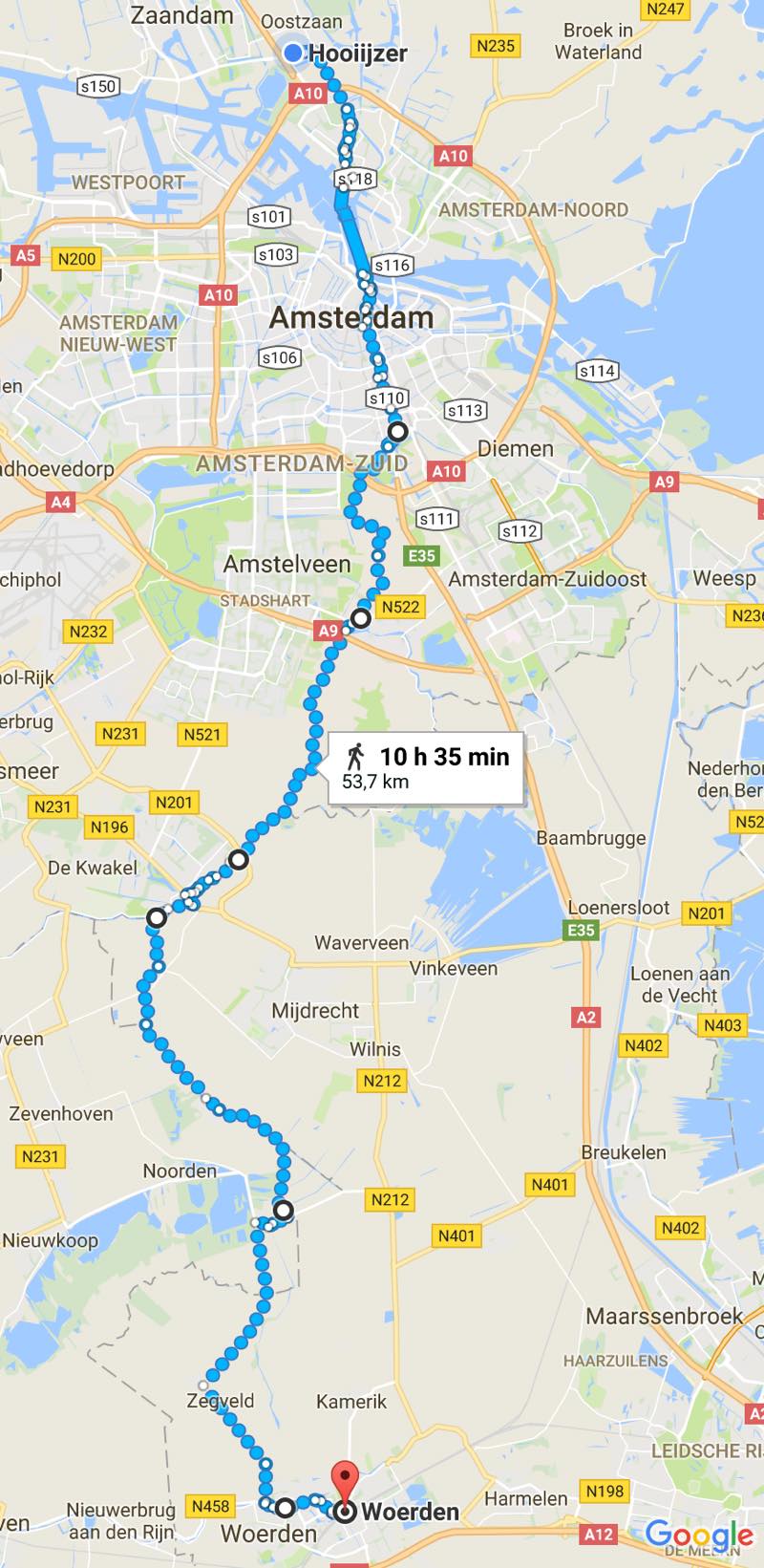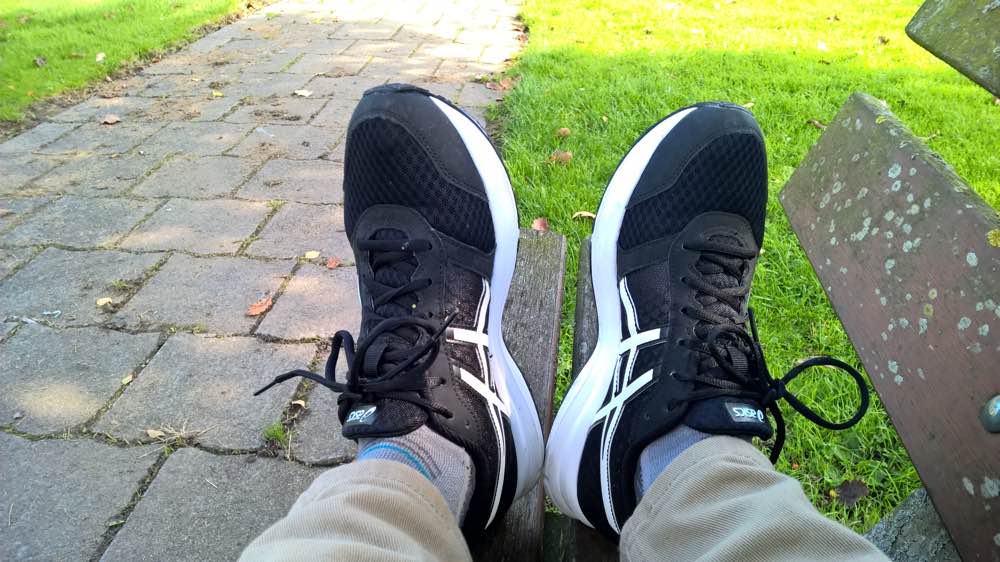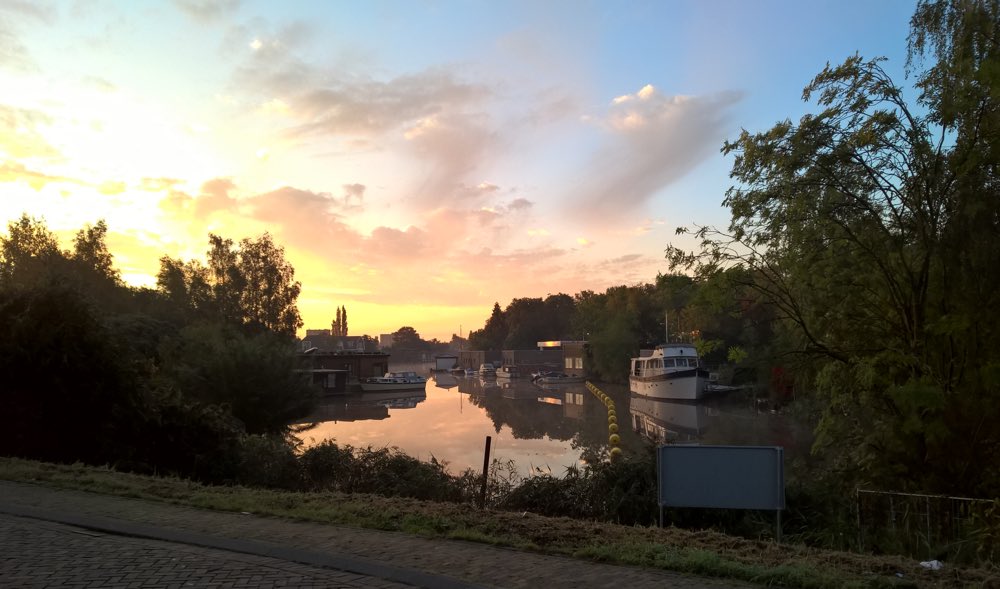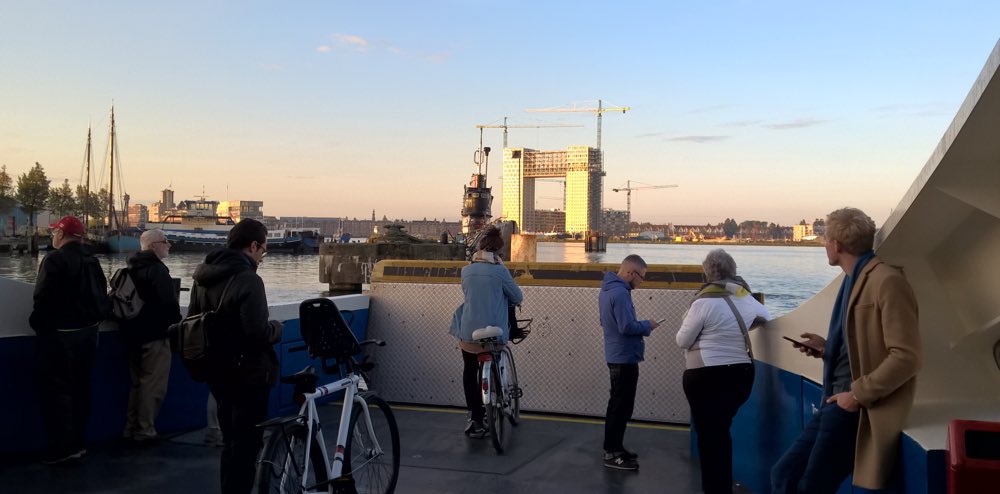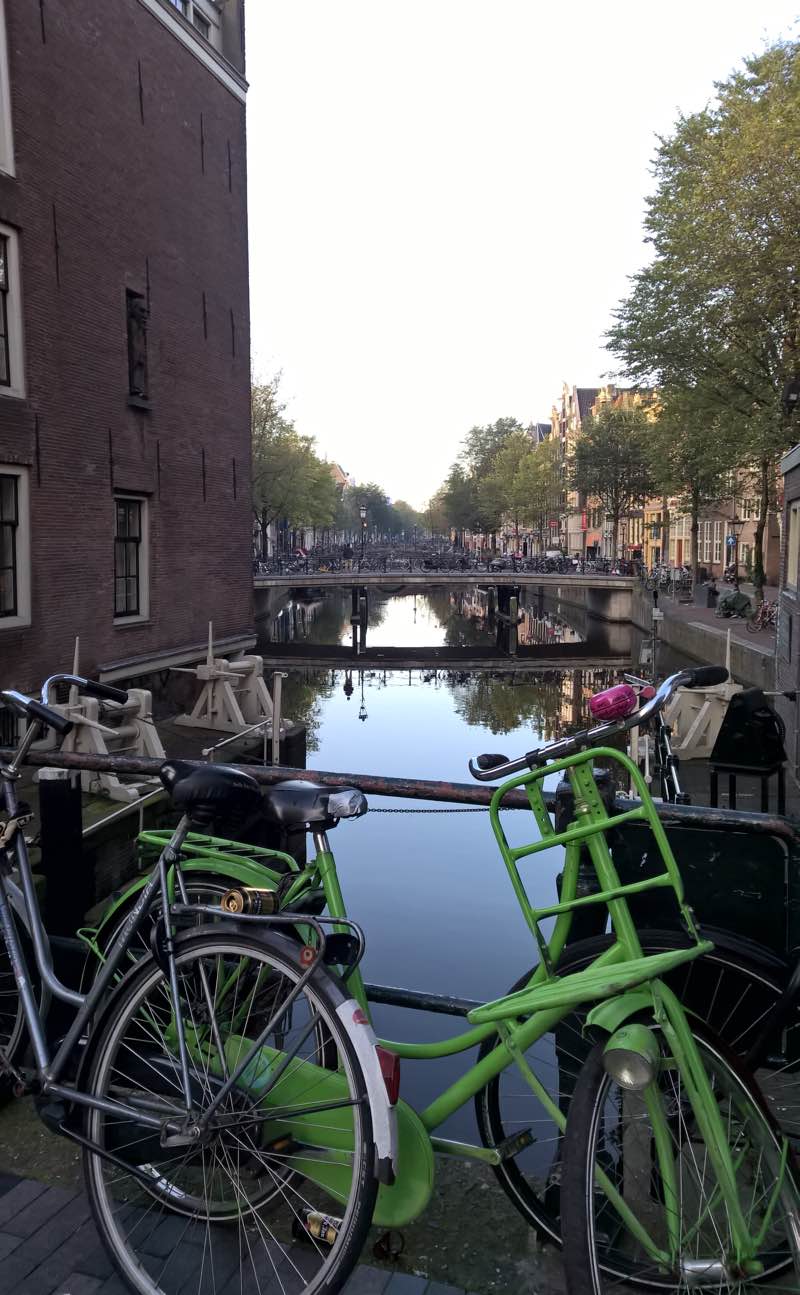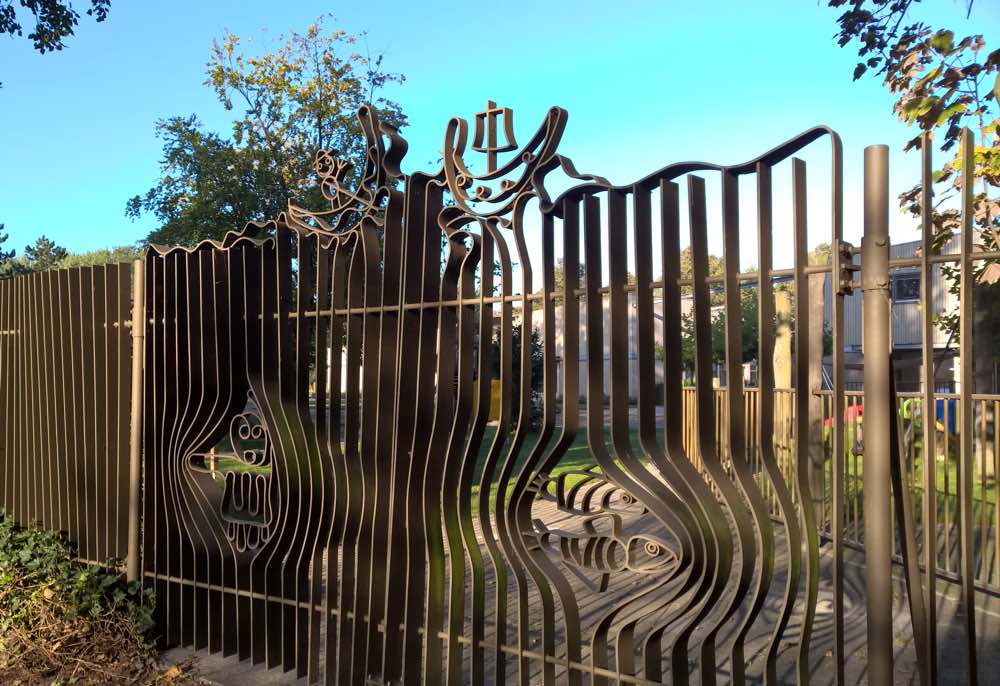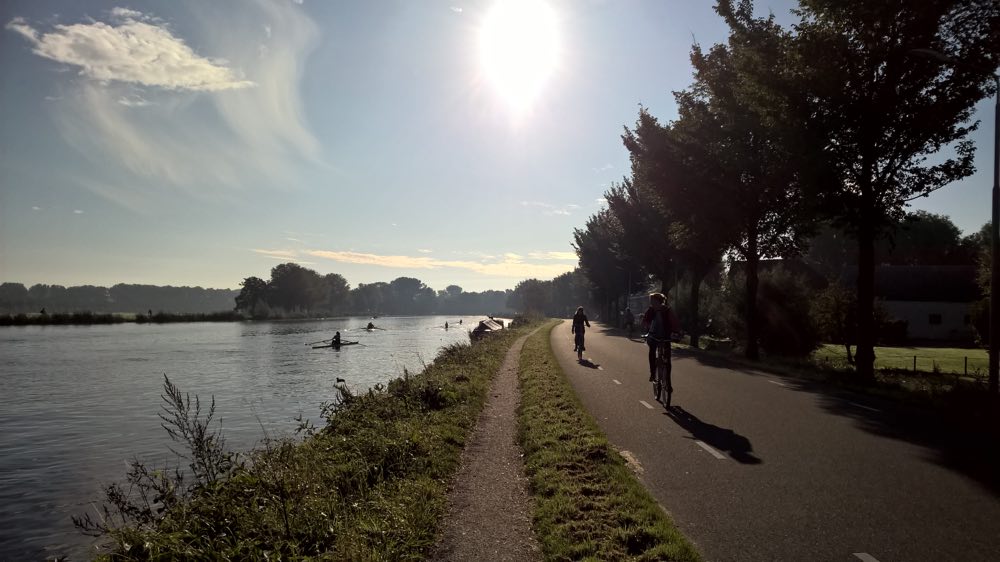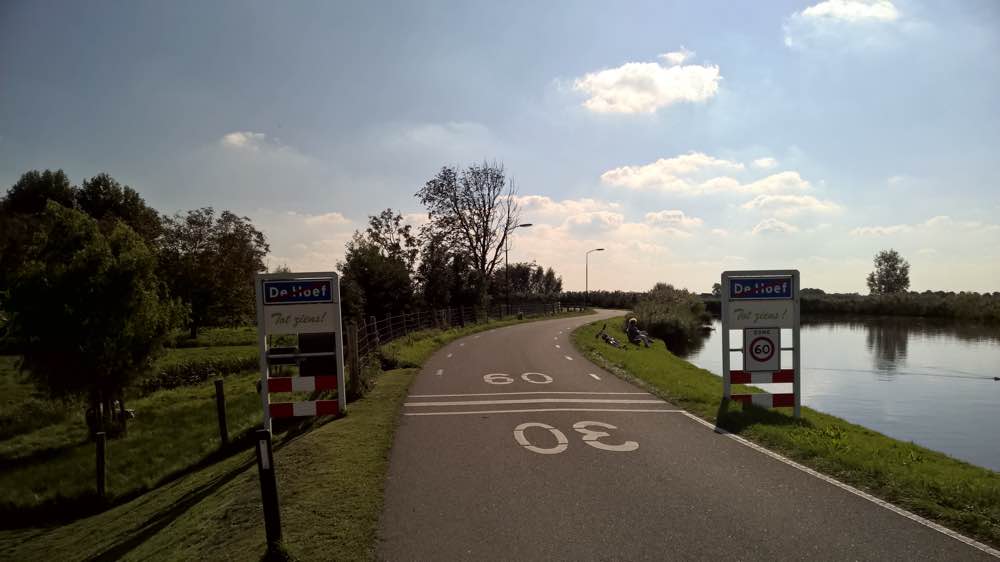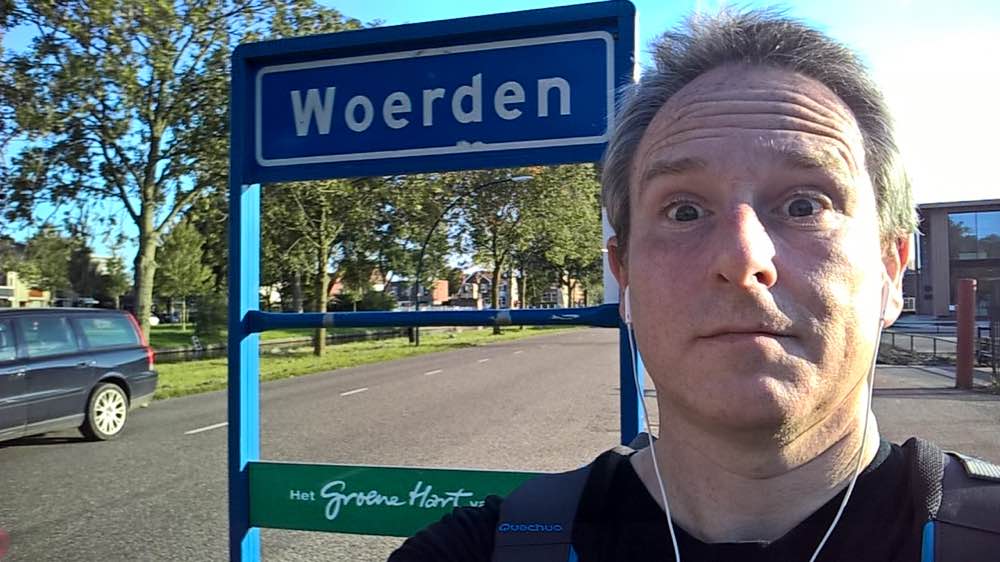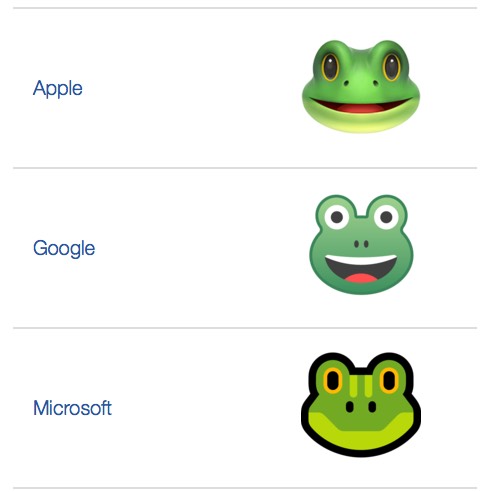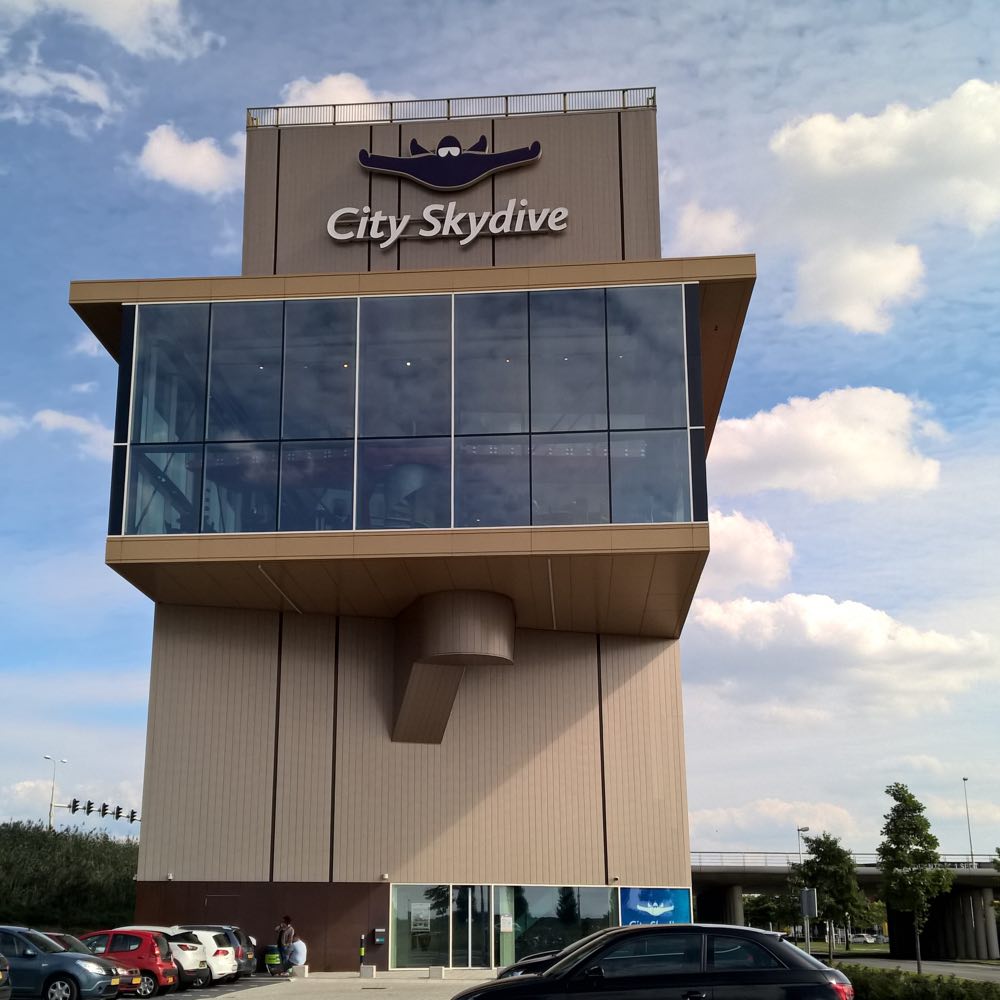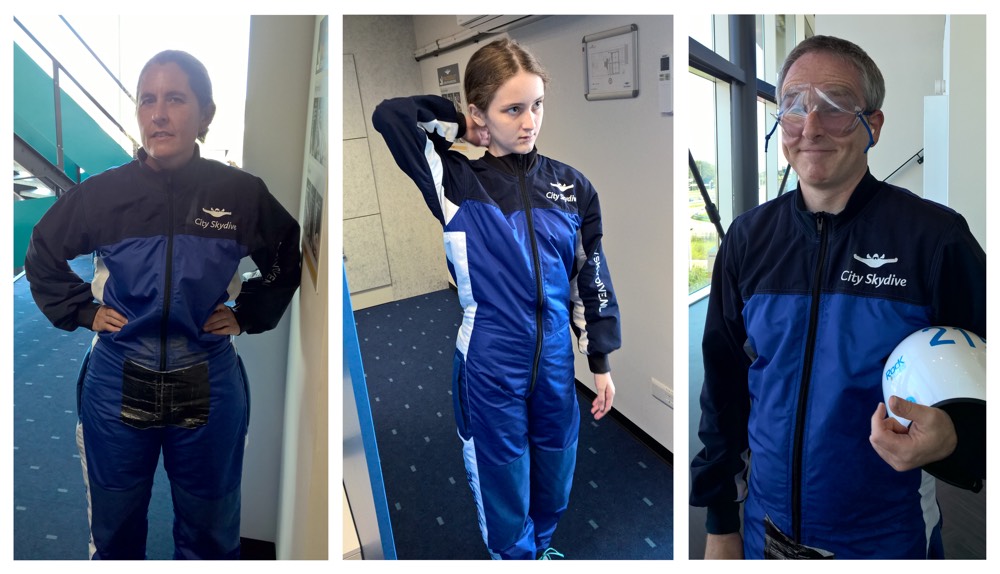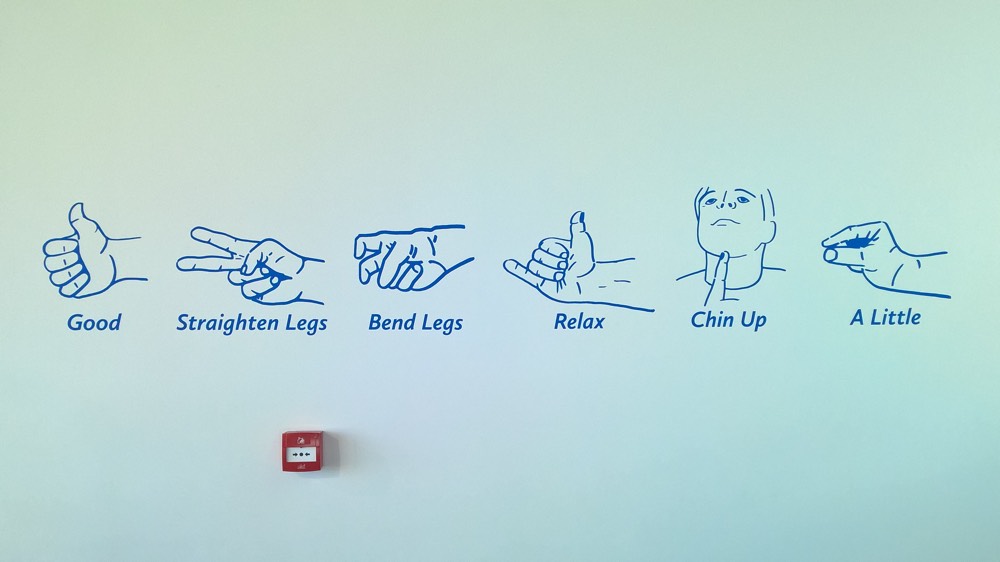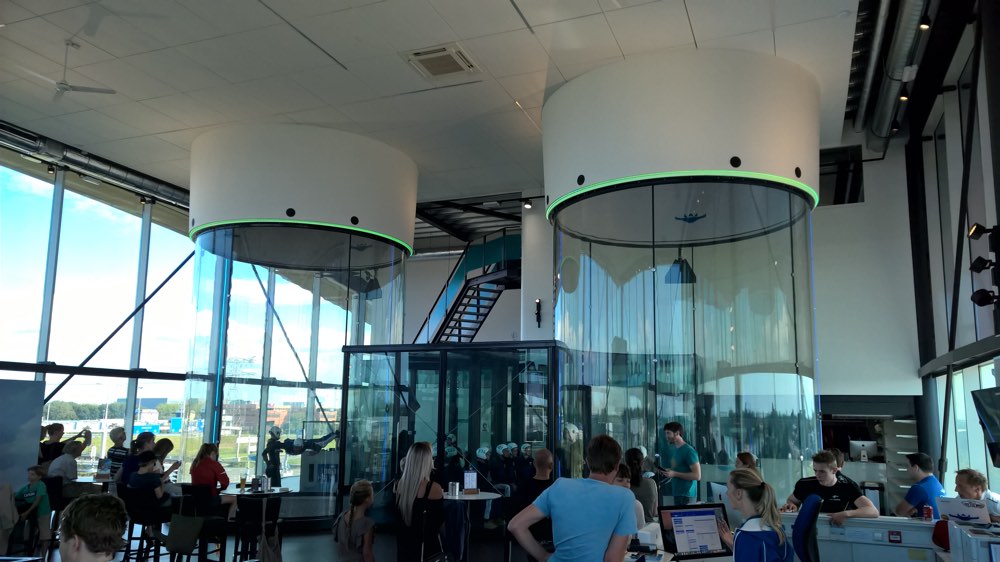A month or so ago I started noticing a smell in my office. It was stale and peppery, like mature armpit sweat. But it only manifested in one particular corner of the office, to the right of my desk, just over my waste paper bin.
I checked around the bin for signs of dead animal or out-of-place organic matter, but there was nothing. I figured the smell might be getting trapped in the corner because of poor air circulation, so I started leaving my skylight window open wider and more often to let more air in. That still didn’t solve it.
Smell is an interesting thing for me. I don’t think my sense of smell is any more sensitive than anyone else’s. (Although I am one of these people for whom anything in the brassica family of vegetables, i.e. cabbage, cauliflower, broccoli, brussels sprouts, etc. tastes bitter and awful.) But when I’m going through a period of depression bad smells make me tense, irritable, and even more unhappy. In fact, being hyper-aware of bad smells has for years been my most reliable symptom of depression, and a key signal that I need to start seeing my counsellor again.
But despite all the other stressors in my life this year, and knowing that I could get a whiff of week-old sweat if I moved my chair a meter to the right, I wasn’t feeling depressed in other ways. This apparent conflict made me speculate darkly about what else might be going on:
- Has my nasal early warning system broken down? Am I going to be excessively alert to bad smells even when I’m not depressed?
- Am I just imagining it? Have I broken through into a new realm of sensory hallucinations?
- Alex is a teenage lad. His room is across the corridor from mine. Has the smell of teenage male invaded my space?
- Is it me?? Have I crossed some boundary of weight, age, or inactivity that is making me stink?
- Am I going to have to break my office space down to the bare walls and concrete to get to the real source of the problem?
- Is this my life now??
Fortunately the obsession didn’t go too far. When I mentioned it to Abi, she nosed the corner, and agreed that there was a smell. And while I was away in Scotland the other week, she found the source!
On the half-height bookcase next to the waste paper bin, I kept a box of odds and ends and knick-knacks. A wooden clog Fiona had painted years ago, filled with USB thumb drives. Cables, stickers, old hard disks, concert ticket stubs, a can of compressed air. A roll of brown packing tape seemed a good candidate for organic chemical degradation, but when we took it out of the box and left it aside overnight, it didn’t smell at all.
Eventually we isolated the culprit: it was the box itself. An innocuous, apparently clean, stackable IKEA plastic tub. We took everything out of it, sniffed each item, and what was left was a pool of sweaty reek at the bottom of the box itself. The box. Normally at waist height on the bookcase, but just at head height whenever I leaned down to put something into my waste paper bin.
The relief I felt when Abi told me she had found the cause of the smell was amazing. Best present ever: I could have my peace of mind back! It wasn’t all in my head. I wasn’t going to have to re-calibrate my depression indicators. And I wasn’t going to have to burn the furniture and bleach every surface in my office. Bliss.
